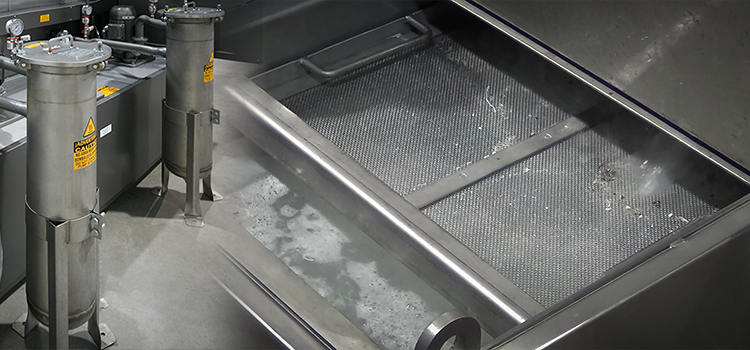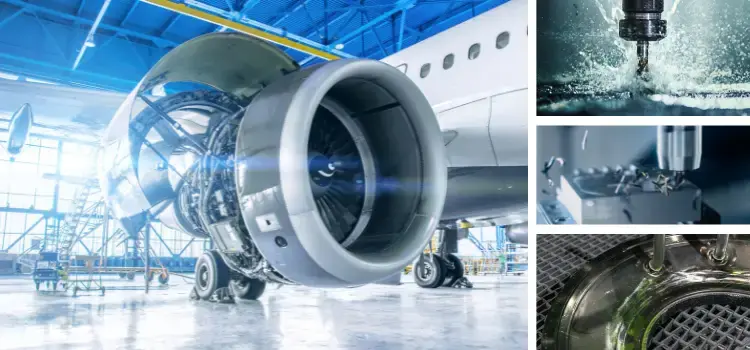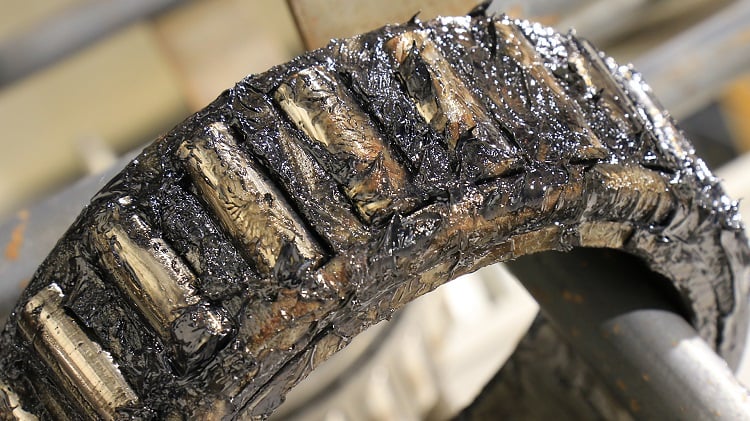At the core of PROCECO’s corporate purpose is the commitment to solve all parts cleaning problems with water-based cleaning technology to the exclusion of all toxic, ozone-depleting, and climate-affecting solvents.
These are the design principles we apply to every project to protect people and the environment:
1. CHOOSING THE LOWEST, BUT STILL EFFECTIVE PROCESS TEMPERATURE
In our test lab, we perform cleaning tests on the customers’ parts to determine the principal parameters of cleaning performance: process temperature, choice of spray, immersion, or a combination of both, spray pressure and flow, exposure times, detergent choice and concentration, number of process stages including pre-cleaning, final cleaning, rinsing, surface protection, drying, and cooling.
By finding the lowest possible process temperature, we save energy and water consumption by reducing evaporation.
2. CHOOSING THE LOWEST, BUT STILL EFFECTIVE PUMP VOLUME AND SPRAY PRESSURE
Pump horsepower is the other energy requirement in parts cleaning. But it is not so much the overall pump volume that achieves the desired cleaning results, but rather applying the right amount of flow/pressure to the right location on the part surface. This is determined by strategic spray nozzle placement, nozzle spray pattern, and the impact angle on the surface of the parts, all of which combine to deliver the best results, and most economically.
3. THERMALLY INSULATING ALL OUTSIDE SURFACES OF TANKS AND CLEANING CABINETS
We use a sandwich-type construction consisting of a heavy-gauge structural inner shell, covered by 1-inch urethane foam insulation, in turn, covered by light-gauge outer protection and finishing cladding. This applies to all vertical walls of tanks, spray cabinet walls, roofs, and access doors. This insulation reduces heat losses both during operation as well as during idle periods between cycles, overnights, and weekends.
4. CONTROLLING SOLUTION TEMPERATURES WITH 7-DAY PROGRAMMABLE TIMERS
Solution heating automatically shuts off during off-shifts and switches back on in time to have the machine ready for operation as programmed.
5. LABYRINTH-TYPE SEALS ON ACCESS DOORS, LIDS, AND COVERS
Seals are fabricated of steel or stainless steel and are maintenance-free for the life of the equipment. They effectively contain all spray and steam emissions from tanks and spray cabinets.
On continuous flow cleaning systems – monorails, belts, palletized chains, screws, or walking beams – we always design entrance and exit vestibules with neoprene curtains to contain spray and steam inside the cleaning tunnels.
6. DEMISTERS AND DROPLET SEPARATORS REDUCE HEAT LOSS IN EXHAUST STREAMS
Steam exhaust blowers on cleaning systems can be equipped with optional demisters/water droplet separators to return exhaust moisture to the solution tank and thus conserve energy and water.
7. HEAT AND SOLUTION LOSS THROUGH DRAG-OUT AND TRANSFER BETWEEN STAGES
On continuous flow cleaning systems such as monorails, belts, palletized chains, screws, or walking beams, it is crucial to control solution transfer between stages and drag-out at the exit. This transfer/drag-out is caused by the conveyor chain and track itself plus by solution trapped/retained by the parts to be cleaned and the parts fixtures. We address this problem by providing adequate transfer zones between stages and exit vestibules, thereby allowing time for drip-off. This can be accelerated by adding a heated, recirculated air blow-off system, which will reduce heat and solution losses very effectively. Although these transfer zones and vestibules will enlarge the footprint of the equipment somewhat, the economic dividends over the lifetime of the equipment are substantial.
8. AUTOMATIC CASCADING COUNTERFLOW SOLUTION MAKE-UP SYSTEMS
On multi-stage cleaning systems, be they batch–type or continuous, it is important for solution make-up systems to use the counterflow principle. For example: if the process is PREWASH – WASH – RINSE, then fresh make-up water will only be added to the rinse stage; the rinse stage will make up the wash stage; the wash stage will make up the pre-wash stage. This way the rinse stage will remain clean, and detergents will be retained in the wash stages.
9. RECYCLING RINSE WATER WITH THE PROCECO ÉCO-SMART® EVAPORATOR
The PROCECO Éco-Smart® mechanical vapor-recompression evaporator system is a low-energy evaporation method that generates a high-quality distillate ready to be re-used. The Éco-Smart® MVR does not use an electric, gas, or steam heat source to generate the distillate; this makes it a more environmentally friendly and cost-effective alternative to conventional wastewater concentration technologies.
PROCECO Éco-Smart® MVR evaporators are at their best when evaporating large quantities of dilute solutions, such as the rinse water common to surface treatment, aqueous parts washing, liquid penetrant inspection, and die casting. In most cases, the distillate meets or exceeds process water purity requirements and can be re-used without further treatment.
By adding an Éco-Smart® MVR to your cleaning process, you can recycle up to 98% of your industrial process water and significantly reduce your wastewater transportation and disposal costs while improving your process quality. By routing your cleaning solution to an Éco-Smart®, you create a closed loop – extracting dissolved contaminants and replenishing your solution with clean, recycled water.
10. BY STRESSING THE IMPORTANCE OF CLEANING SOLUTION MAINTENANCE IN AQUEOUS PARTS WASHERS
We encourage machine operators to constantly monitor cleaning performance and solution cleanliness to determine how frequently they need to change the solution. The cost of changing the cleaning solution frequently can be lower than the time spent removing soil accumulated over a longer period of time.



